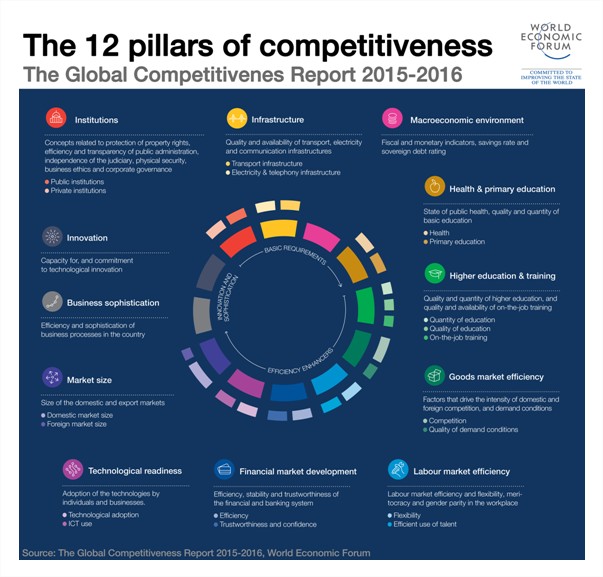Will gender inequality become an anecdote of the past? Equality between men and women has improved by 4% worldwide over the last ten years, according to the Global Gender Gap Report 2015 made by the World Economic Forum, but it is still nor enough. According to that institution’s estimates, at this rate, we will not be able to say that inequality in earning power has disappeared for another 118 years, i.e., not until 2133.
In view of this, you may ask yourself: How old will I be when the gender gap is finally a thing of the past in my country?Now you can find the answer thanks to the calculator launched by the World Economic Forum, which you can consult here.
The report analyses the gap between the sexes in 145 countries, and focuses on four aspects: education, health, work and power.

- Education: In the case of education, the gender gap is 95% resolved, in other words, it is 5% away from reaching equality. 25 countries have closed this gap completely, with progress being highest in university education, where women students now constitute the majority in nearly 100 countries. However, there are two sides to this story, since in 22 of all the countries surveyed there has been a reversal in the last ten years. The thing is that, although the majority of university students are women in 97 countries, they are only the majority in qualified positions in 68 countries, and in leadership positions in only four.
- Health: In 40 countries the gap has closed, in five of them in the last year. In spite of these figures, there has been a slight reversal worldwide. In effect, the gap has widened compared to 2006 figures, and 39% of the countries have greater sexual inequality in terms of health and survival than ten years ago.
- Work: As regards earning power, the gap between men and women has only narrowed by 3%, and progress towards parity in salaries and equality in the work market has stagnated notably since 2009 and 2010. Furthermore, the employment and financial opportunities gap has unfortunately grown wider compared to the previous decade in 13% of the countries.
- Political power: This is where the gap is widest, and it has only narrowed by 23% worldwide. Even so, the situation has undoubtedly improved, having increased from 9% in 2006 to 14%. Only two countries have achieved parliamentary parity, and four have achieved parity in ministerial positions, whereas the gap has increased in 16% of the countries.
Nordic countries are once again the leaders in the reduction of the gender gap. Iceland, where the gap has reduced by 88.1%, is the country with the greatest equality, followed by Norway, Finland and Sweden.
This new edition of the report marks the tenth anniversary since it was first published. While the trend since 2006 has been one of positive change in most countries, it has not been the same everywhere. The region which has seen the greatest progress with regard to gender equality is Latin America, followed by Asia and the Pacific, Sub-Saharan Africa, Europe and Central Asia, the Middle East, North Africa and North America.
When we take a closer look, we can see that the countries where the gender gap has reduced the most in the last decade are Nicaragua and Bolivia, followed by Nepal, Slovenia and France. The countries with the greatest improvements compared to ten years ago are Saudi Arabia, in financial terms; Burkina Faso, for its progress made in education; Georgia, in health; and the United Arab Emirates, with regard to political power.










